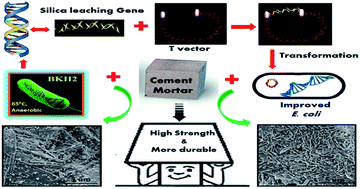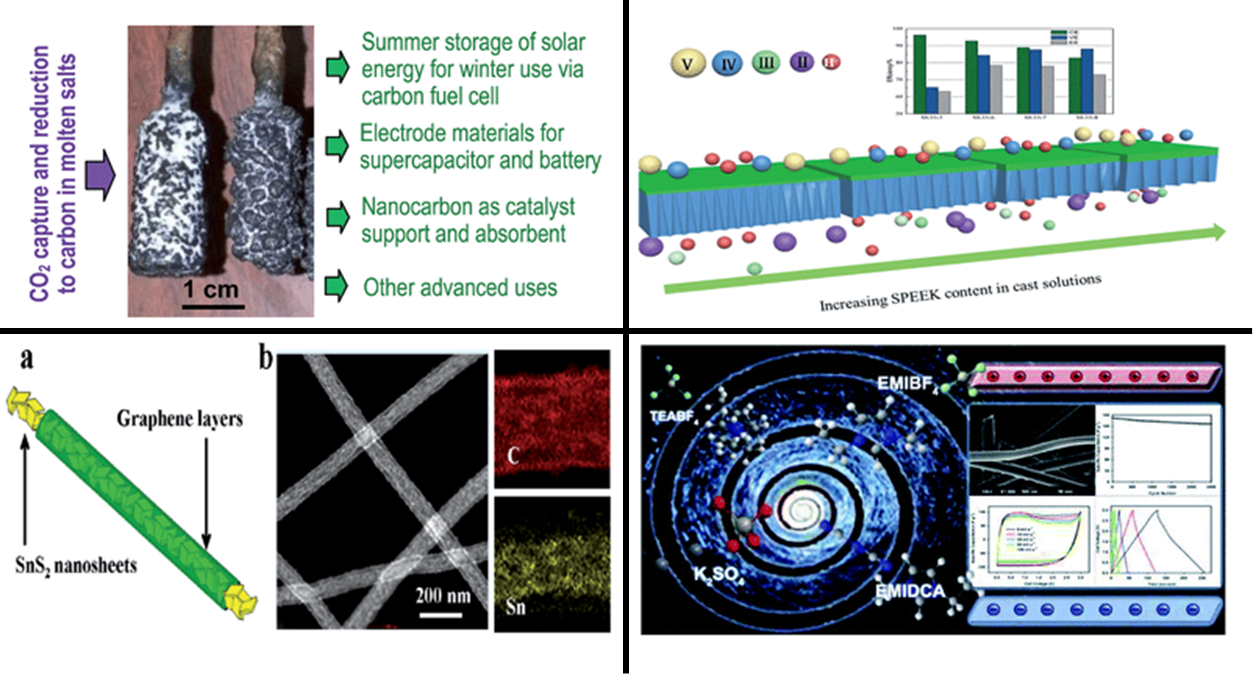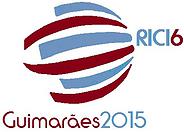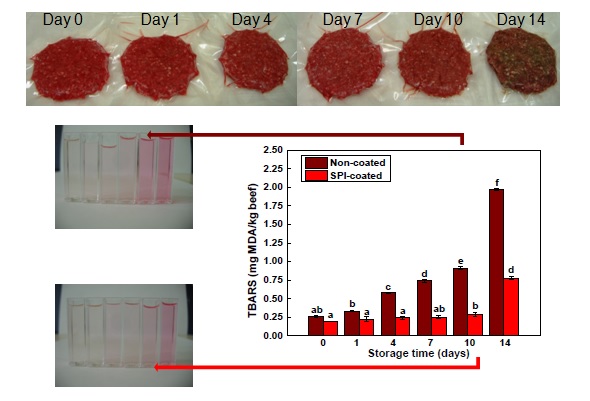Take a look at the most-downloaded RSC Advances articles from the months of January, February and March 2015 and let us know what you think!
Sucrose-induced structural changes in LiNi<inf>0.5</inf>Mn<inf>1.5</inf>O<inf>4</inf>
Nan Qiu, Takeshi Hashishin, Zhenquan Tan, Kazuhiro Yamamoto, Youli Hong, Jing Zhang, Tiandou Hu and Satoshi Ohara
RSC Adv., 2014,4, 27850-27852
DOI: 10.1039/C4RA03959A
Synthesis of a novel pH responsive phyllosilicate loaded polymeric hydrogel based on poly(acrylic acid-<it>co-N</it>-vinylpyrrolidone) and polyethylene glycol for drug delivery: modelling and kinetics study for the sustained release of an antibiotic drug
Sayan Ganguly and Narayan C. Das
RSC Adv., 2015,5, 18312-18327
DOI: 10.1039/C4RA16119J
Localized surface plasmon-enhanced green quantum dot light-emitting diodes using gold nanoparticles
Na-Yeong Kim, Sang-Hyun Hong, Jang-Won Kang, NoSoung Myoung, Sang-Youp Yim, Suhyun Jung, Kwanghee Lee, Charles W. Tu and Seong-Ju Park
RSC Adv., 2015,5, 19624-19629
DOI: 10.1039/C4RA15585H
Plasmonic-enhanced perovskite solar cells using alloy popcorn nanoparticles
Zelin Lu, Xujie Pan, Yingzhuang Ma, Yu Li, Lingling Zheng, Danfei Zhang, Qi Xu, Zhijian Chen, Shufeng Wang, Bo Qu, Fang Liu, Yidong Huang, Lixin Xiao and Qihuang Gong
RSC Adv., 2015,5, 11175-11179
DOI: 10.1039/C4RA16385K
Influence of the diffusion-layer thickness during electrodeposition on the synthesis of nano core/shell Sn–O–C composite as an anode of lithium secondary batteries
Moongook Jeong, Tokihiko Yokoshima, Hiroki Nara, Toshiyuki Momma and Tetsuya Osaka
RSC Adv., 2014,4, 26872-26880
DOI: 10.1039/C4RA03435J
Size-controlled silver nanoparticles synthesized over the range 5–100 nm using the same protocol and their antibacterial efficacy
Shekhar Agnihotri, Soumyo Mukherji and Suparna Mukherji
RSC Adv., 2014,4, 3974-3983
DOI: 10.1039/C3RA44507K
Silanization of solid surfaces <it>via</it> mercaptopropylsilatrane: a new approach of constructing gold colloid monolayers
Wen-Hao Chen, Yen-Ta Tseng, Shuchen Hsieh, Wan-Chun Liu, Chiung-Wen Hsieh, Chin-Wei Wu, Chen-Han Huang, Hsing-Ying Lin, Chao-Wen Chen, Pei-Ying Lin and Lai-Kwan Chau
RSC Adv., 2014,4, 46527-46535
DOI: 10.1039/C4RA05583G
Synthesis and properties of molybdenum disulphide: from bulk to atomic layers
Intek Song, Chibeom Park and Hee Cheul Choi
RSC Adv., 2015,5, 7495-7514
DOI: 10.1039/C4RA11852A
Thermal-runaway experiments on consumer Li-ion batteries with metal-oxide and olivin-type cathodes
Andrey W. Golubkov, David Fuchs, Julian Wagner, Helmar Wiltsche, Christoph Stangl, Gisela Fauler, Gernot Voitic, Alexander Thaler and Viktor Hacker
RSC Adv., 2014,4, 3633-3642
DOI: 10.1039/C3RA45748F
Third-generation solar cells: a review and comparison of polymer:fullerene, hybrid polymer and perovskite solar cells
Junfeng Yan and Brian R. Saunders
RSC Adv., 2014,4, 43286-43314
DOI: 10.1039/C4RA07064J
Interesting in submitting to RSC Advances? You can submit online today, or email us with your ideas and suggestions.
Comments Off on Top 10 most-downloaded articles: Q1 January–March 2015



















